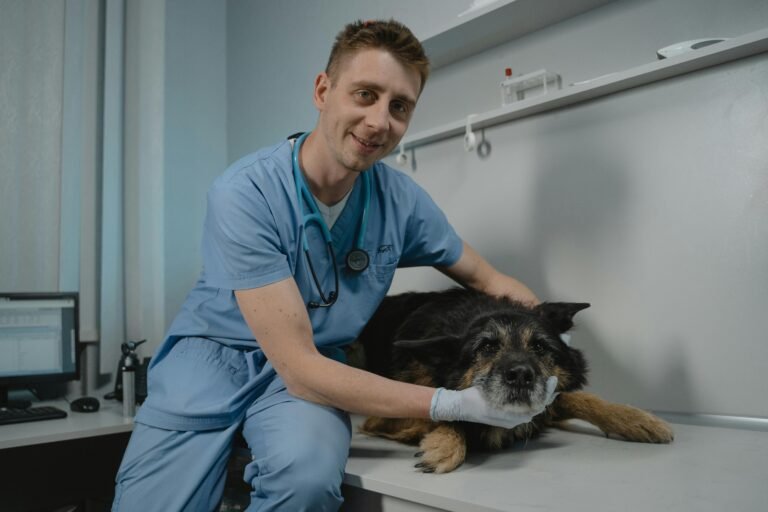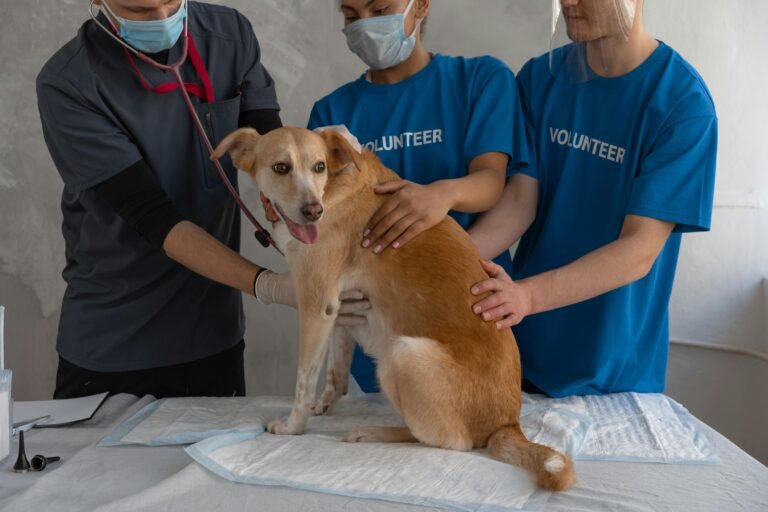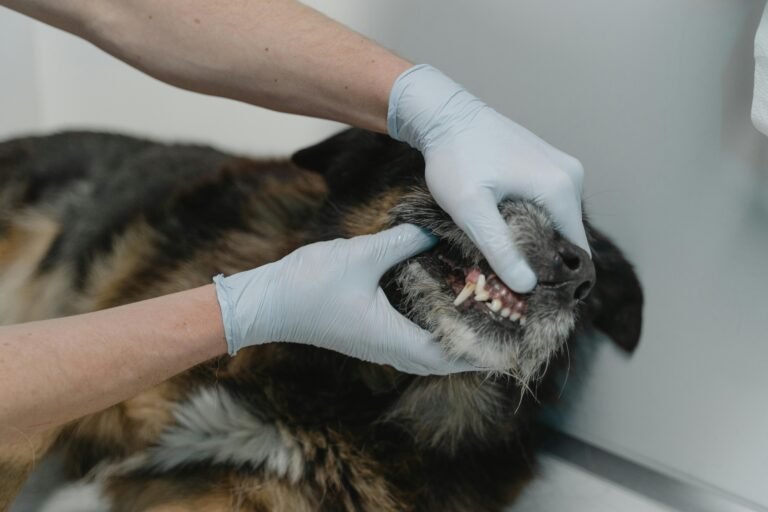One day your dog is running around like usual—then suddenly, they’re stumbling, tilting their head, or walking in circles. It’s scary to witness and often looks like a stroke, but in many cases, the cause is a condition called vestibular disease.
This disorder affects your dog’s balance and coordination, but the good news is, it’s often manageable and even temporary. Here’s what every dog owner should know about vestibular disease—especially if you have a senior pup.
What Is Vestibular Disease?
The vestibular system controls balance and spatial orientation. It includes parts of the brain and inner ear that help your dog stand, walk, and move normally. When something disrupts this system, it results in vestibular disease—sometimes called “canine idiopathic vestibular syndrome.”
It typically comes on suddenly and affects older dogs most frequently, though dogs of any age can be affected.
Common Symptoms
The signs of vestibular disease can be alarming, but knowing what to look for can help you act quickly:
- Head tilt (often dramatic and persistent)
- Loss of balance or stumbling
- Circling or falling to one side
- Rapid, jerky eye movements (nystagmus)
- Nausea or vomiting due to dizziness
- Reluctance to stand or walk
Despite these symptoms, most dogs remain mentally alert and responsive, which is a key difference from more serious neurological issues like strokes.
What Causes It?
Vestibular disease can be caused by several factors, including:
- Idiopathic (unknown cause): The most common type, especially in older dogs
- Inner or middle ear infections: Often treatable with antibiotics
- Tumors: More common in senior dogs, usually diagnosed with imaging
- Trauma: Head injuries can disrupt balance centers
- Hypothyroidism or toxins: Less common but possible triggers
Your vet may recommend blood work, ear exams, or imaging to rule out underlying conditions.
What You Should Do
If your dog suddenly shows signs of vestibular disease, stay calm—but don’t delay. Call your vet immediately. While idiopathic vestibular syndrome often resolves on its own, only a professional can confirm the diagnosis and rule out serious conditions like stroke or tumors.
Initial care may include:
- Anti-nausea medication
- IV fluids if your dog isn’t eating or drinking
- Assistance with mobility and comfort at home
Recovery Timeline
Most dogs begin to improve within 72 hours, with major symptoms resolving in 7–14 days. Some may have a lingering head tilt for weeks—or even permanently—but can still live normal, happy lives.
During recovery: Help your dog with balance, provide soft bedding, use non-slip mats, and keep water and food within easy reach.
Final Thoughts
Vestibular disease can be frightening—but in many cases, it’s not life-threatening. With supportive care and a little patience, most dogs recover well and return to their tail-wagging selves.
When in doubt, trust your vet and your instincts. Acting quickly ensures your dog gets the care they need—and peace of mind for you.






